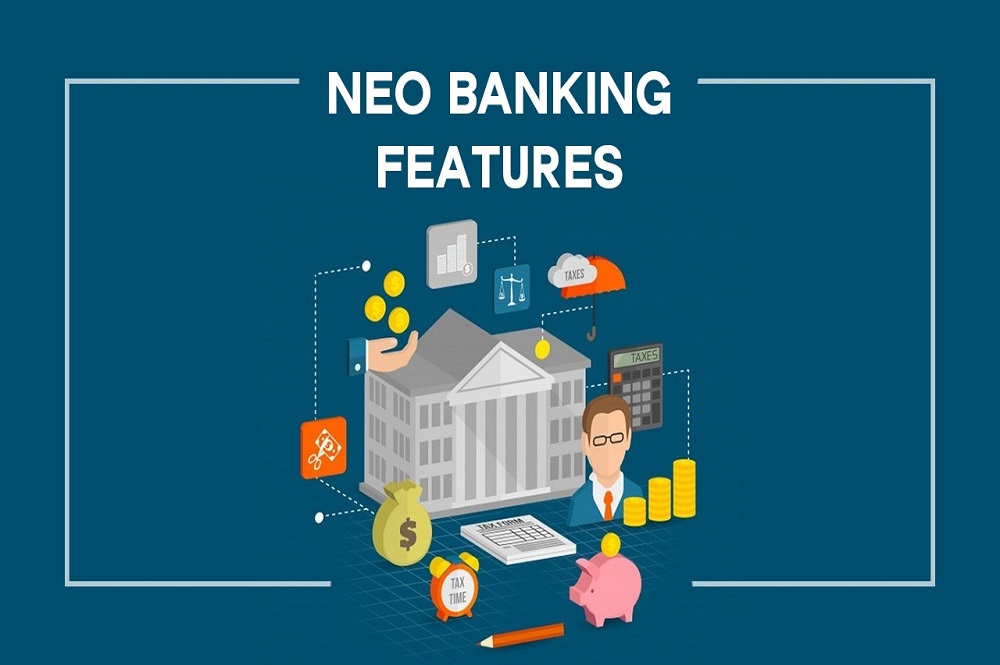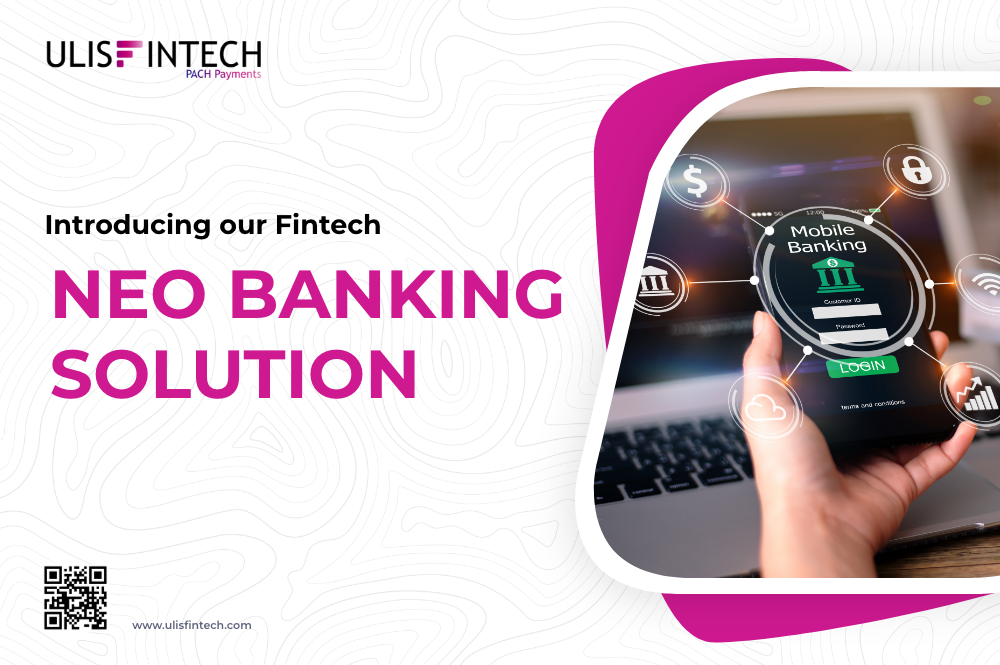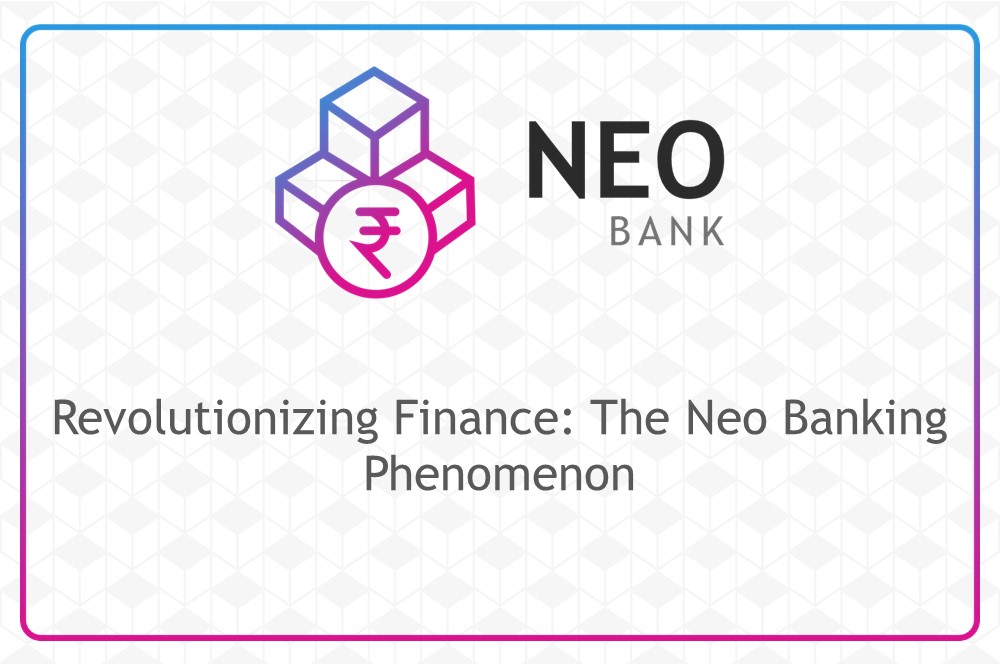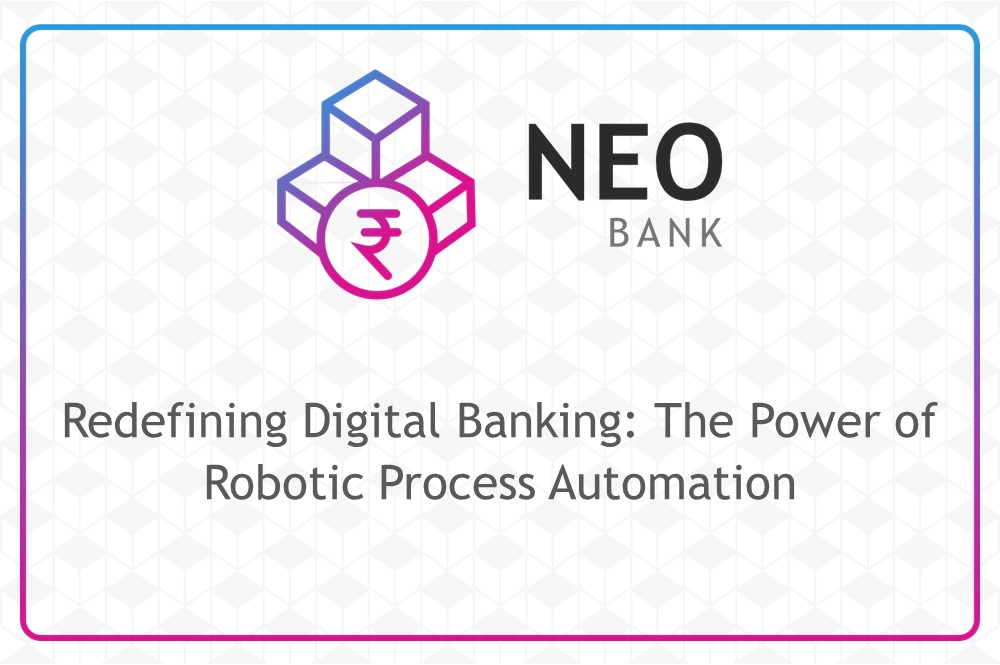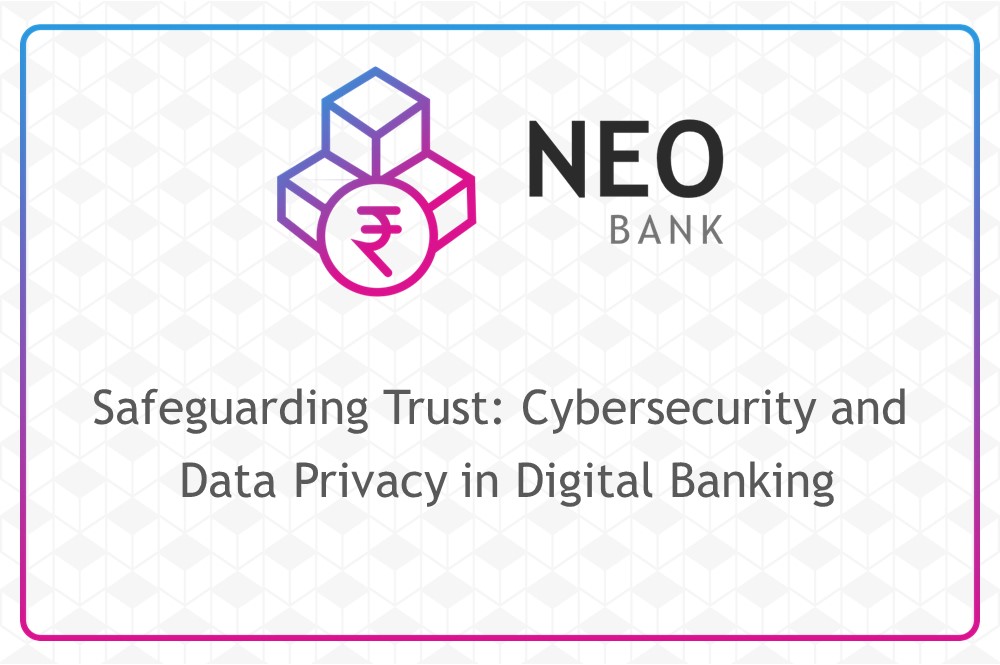Neo Banking - Stats and Future
May 12, 2022 - 10 MINS READ
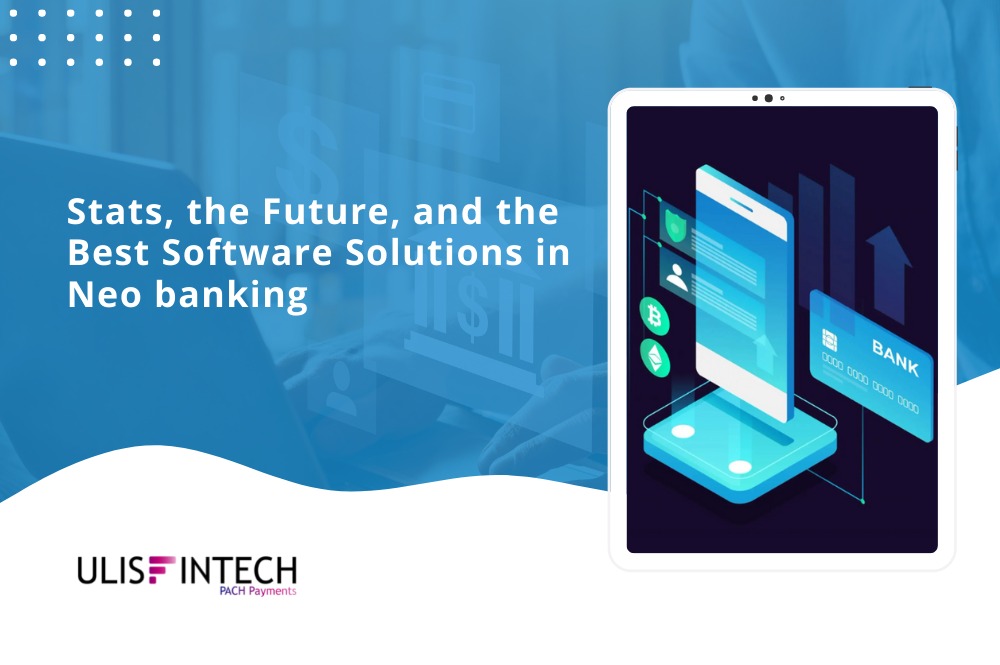
Stats, the Future, and the Best Software Solutions in Neo banking
While some conventional financial institutions integrate digital finance services systems, neo banks are expanding rapidly and entering new markets in other parts of the world. In just three years, the worldwide client base of neo banks has climbed from 2 million to 15 million, and the number of neo banks has surged from roughly 70 to over 250.
According to statistics, the worldwide neo bank market is developing at a CAGR of more than 47% and is predicted to reach $722,60 billion by 2028.
This expansion is due to the appealing business model of neo banks being widely accepted by millennials, generation Z, start-ups, and MSMEs. But that's not all.
The significant patronage from the mid-eastern financial services sector is accelerating the rise of neo banks. While regulatory rules in other parts of the globe have limited neo banks to providing just basic financial services, policies in the Middle East enable neo banks to provide more sophisticated financial services comparable to regular banks.
Growth of the neo banking industry: how far have we come?
Neo banks and challenger banks operate solely online, without the need for traditional banking rooms. You may use the services provided by these institutions to make payments, transfers, and other transactions from the comfort of your own home.
Neo banks can be accessed online via mobile applications and digital platforms. The expansion of this alternative banking model has been spurred by increased internet access and the emergence of a tech-savvy youthful population.
Customers all around the world have begun to adopt neo banking in order to operate diverse business models due to a variety of variables. The simplicity of doing business, fewer transaction fees, the removal of the need to visit a bank, and the 24-hour banking system are just a few of the major benefits.
Because they are totally online, neo banks also offer smooth loans to consumers with no documentation. The following are some of the primary services offered by neo banks:
- Account administration
- Payment processing
- Transfers of funds
- Credit cards are available online
- Micro-investment
- Asset management
- Peer-to-peer (P2P) transfers
- Insurance
- Services for electronic wallets
Middle Eastern neo banks
The demand for neo banking services in the Middle East has surged. This is seen in the recent explosion of financial businesses. According to a study, the Middle East has over 20 neo banks servicing approximately 15 million clients as of 2020.
The growing availability of internet connectivity, along with the rise of Covid-19, has raised the need for neobank platforms. As a result, Middle Eastern people are fully aware of the advantages of doing business with fintech. Established financial institutions have also entered the fintech area.
Asia's neo banking industry
Asia, like the rest of the globe, is seeing a rise in demand for digital-only banks. Due to lockdown limitations and distant employment, online banking has increased in prominence in this region. According to a 2019 KPMG estimate, nearly 73% of Southeast Asians are unbanked. Only 5% of Cambodia's population had a bank account at the time. Southeast Asia has discovered neo banks to be a feasible alternative to regular banks because of the slow procedure of acquiring loans from them.
In the Philippines, over 46% of the population does not have access to financial services. With more individuals possessing mobile devices, though, the market for online banking is ripe. Statista predicts that by 2025, the Philippines will have roughly 77 percent internet penetration.
Similarly, the neo bank business is expanding in Malaysia and Indonesia. By 2025, Indonesia is estimated to have roughly 9 million users of neo banks, with transaction value increasing by 57.8 percent to approximately $16.5 million in 2022.
Malaysian online bank clients are estimated to number 2.35 million by 2025, with user penetration reaching 6.8 percent.
The condition of neo banking in India is mirrored in the country's mostly unexplored e-commerce industry. Banks that exclusively operate online are not authorized to get a banking license. They must develop alliances with regular banks in order to provide regulated services. The Reserve Bank of India (RBI) does not permit banks to be entirely digital; physical branches are required.
This restriction has made it difficult for Indian fintechs to deliver white-label services while depending on huge banks. Because of this synergy, fintechs have become distribution outlets for traditional banks. To compete with international virtual banks, most physical banks are increasingly creating digital subsidiaries.
Sub-Saharan African neo banks
Due to economic disparities, illiteracy, and a lack of infrastructure in Africa, a huge section of the population is unable to access financial services. According to the World Bank, over 95 million individuals in Sub-Saharan Africa lack access to financial services.
Increased internet connectivity and the availability of more cheap cellphones have aided the expansion of digital banking. Sub-Saharan Africa has 456 million unique smartphone users, according to FDI Intelligence. According to the same research, there would be an extra 167 million users by 2025.
Small and medium-sized company owners profit from the simplicity with which neobanks handle and receive consumer payments. It has aided them in expanding their enterprises online and reaching out to distant clients. The digital lending service provided by challenger banks has also boosted their rise in Africa.
Individuals may readily borrow money without providing collateral to obtain loans, unlike traditional banks, which require property paperwork to issue loans. There is still a significant unexplored market in Africa. High-population-density countries, such as the Democratic Republic of the Congo, Nigeria, Ethiopia, Tanzania, and Kenya, are predicted to account for more than half of Africa's smartphone customers by 2025, creating an audience for neo bank services.
Neo banking's future
The discussion about whether branch banking or its branchless cousin would prosper in the future is still going on. Both models have benefits and limitations, and they will both play a part in choosing who wins the race.
Neo banks outperform traditional banks by offering exceptional convenience and benefits to their customers. The flexibility to make payments at any time, from any location, and in a variety of currencies is a compelling argument for using mobile banking.
Traditional banking is valued by the elder generation due to its security. Remote authentication technologies used by digital banks, such as two-factor authentication (2FA), biometrics, and digital fingerprints, have been hacked and exploited by fraudsters.
